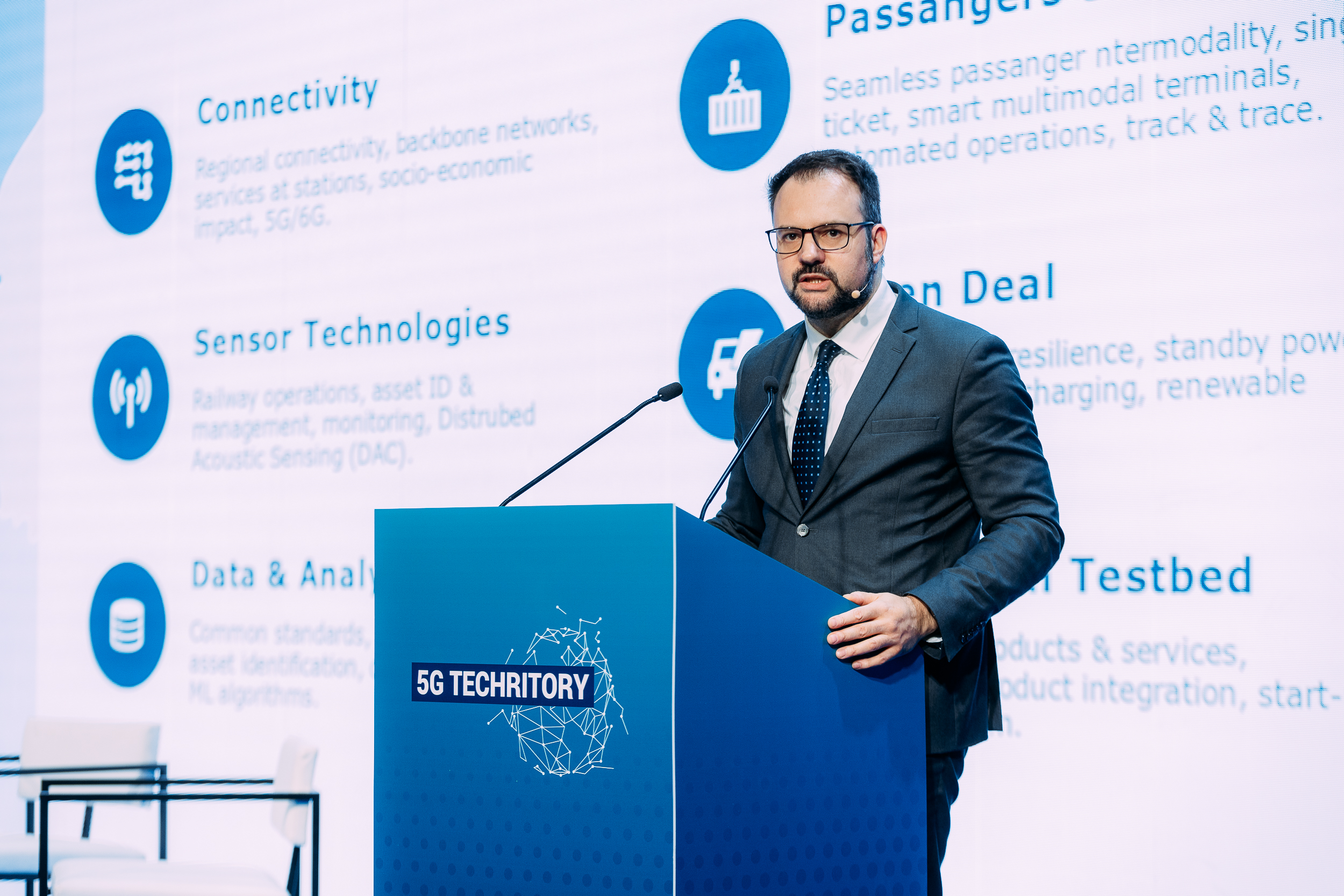
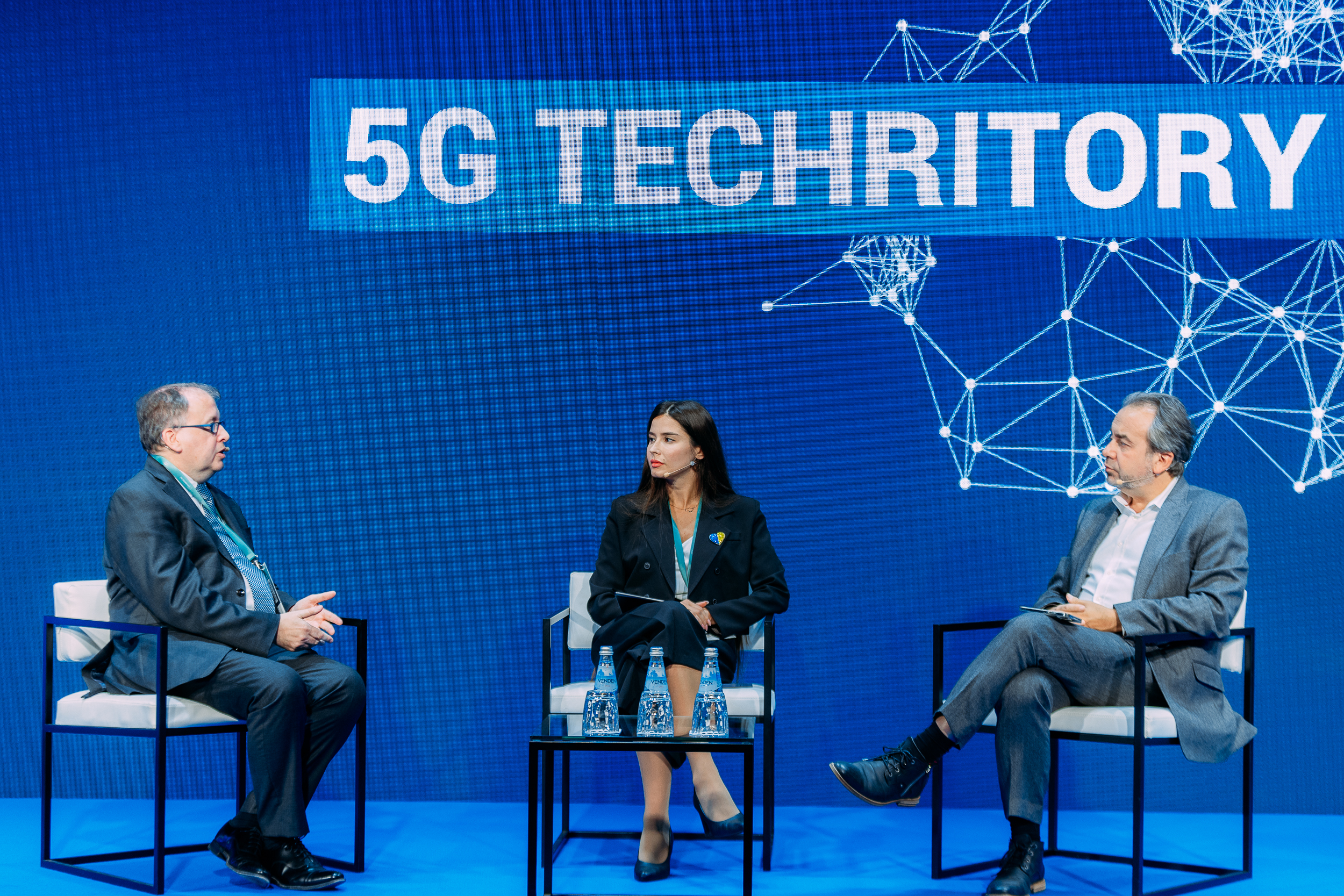
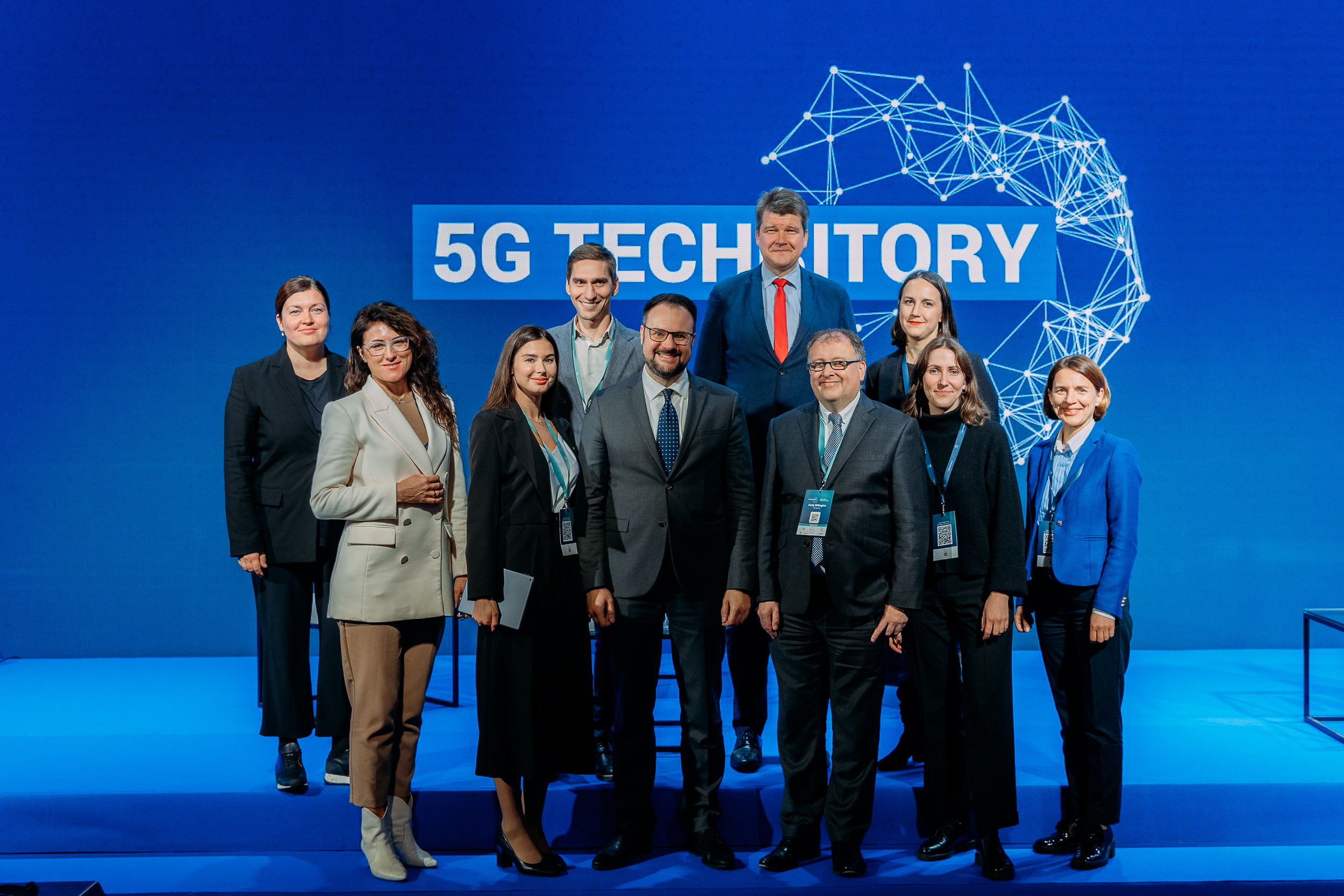
The discussion around digital innovation in greenfield projects looked at how greenfield projects offer a prime opportunity to leverage digital technologies to enhance efficiency, safety, and sustainability. It also explored the potential financial advantages, safety enhancements, and operational efficiencies that could be achieved when digital solutions are integrated from the outset of railway construction. The systems and architecture implemented in Rail Baltica are based on industry best practices, with a focus on long-term sustainability. Lessons learned from other sectors, such as telecommunications and IT, can contribute to future-proof design.
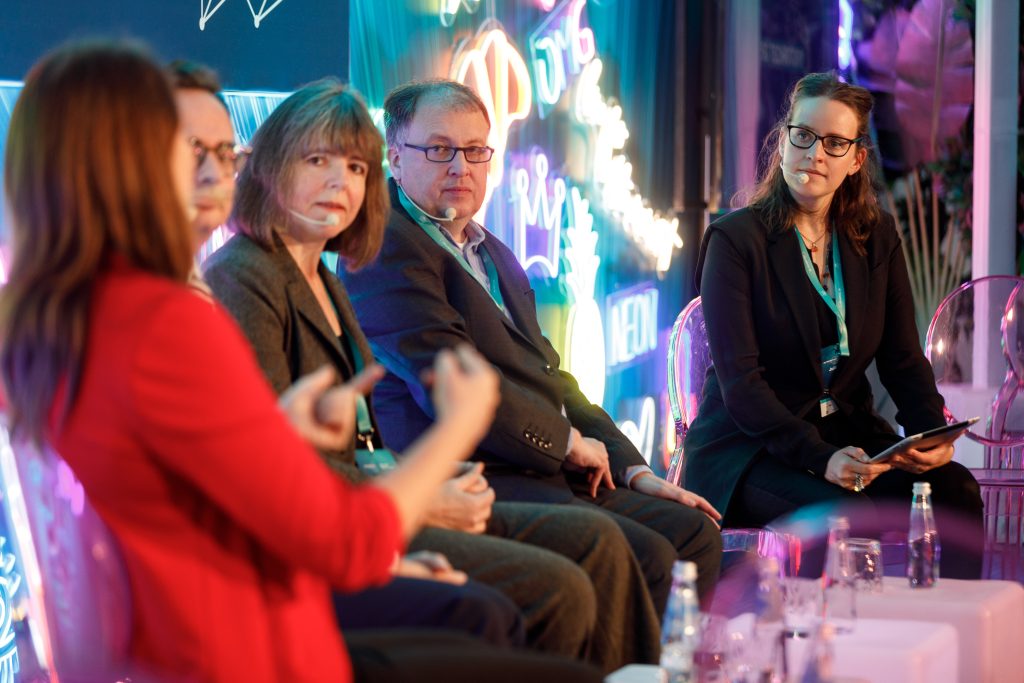
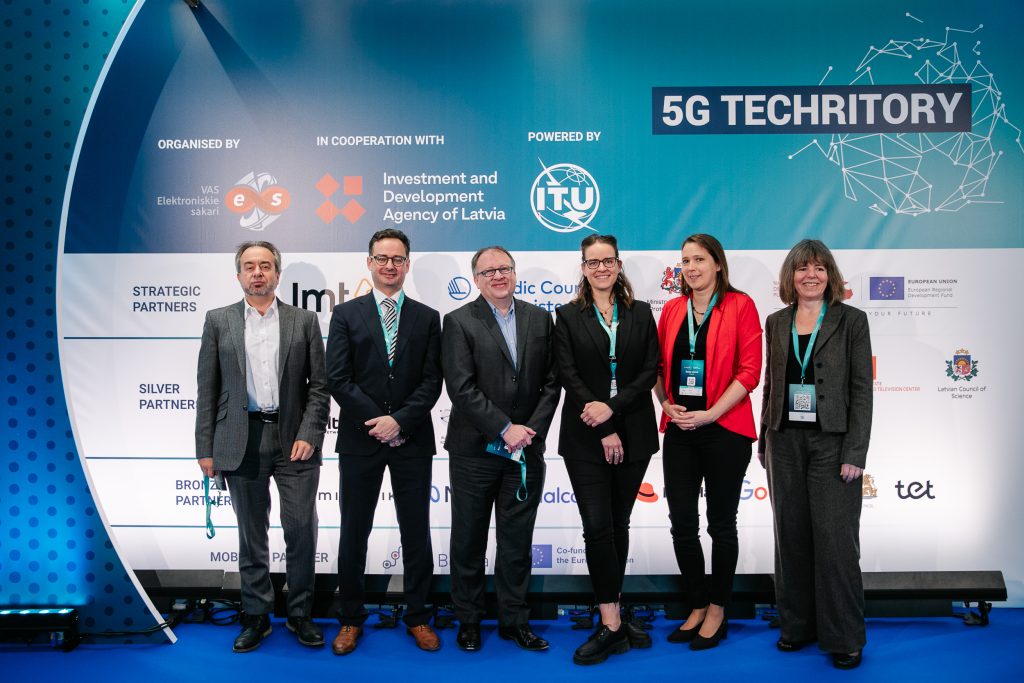
Another discussion delved into the business case for autonomous trains, examining their potential benefits, cost-efficiency, and operational advantages. The panel addressed the technical considerations associated with autonomous train technology, including advanced sensors, artificial intelligence, and communication systems. Societal readiness for driverless trains was also explored, discussing the challenges, perceptions, and necessary infrastructure enhancements.
We invite you to read an interview with Andy Billington, Senior Expert in Innovation and Digital Architecture at RB Rail AS. This interview was launched in cooperation with 5G Techritory shortly before the event.
On day #1 of 5G Techritory, you’ll deliver a keynote on railways fit for the future, entitled “Digital Railways for the 2020s, 2030s and Beyond”. Are there any topics you will be raising?
Andy: There are several. Some are more technical than others when it comes to railway topics, but also some more general principles. For example, over the next few years, railways will have to go through a transition from GSM-R to its successor, the Future Railway Mobile Communications System (or FRMCS). This is a significant change and allows railway infrastructure to be developed with a more “open” approach than has typically been the case.
What do you mean by that?
Andy: For quite a while, railways have used GSM-R – a railway-specific variant of the GSM standard. While this provided a great deal of useful functionality, it was a railway-specific version of a standard, which naturally limited the number of system and component suppliers. This standard is now considered rather old – or very old, by telecoms standards.
With the Future Railway Mobile Communication System (FRMCS), the specifications are being incorporated into the 3GPP standards. It means that the only railway-specific aspect of the technology is the spectrum allocated. What’s more, FRMCS is being designed as a modular specification, so while the first generation is almost certain to be 5G, upgrades to 6G and beyond (or to other communications technologies) will not require whole systems to be replaced – only modular elements of the system. This trend is also seen in other parts of the railway sector – and from my perspective, that’s a good thing. Modular systems must be a key consideration: it’s far easier to replace one building block than a monolith.
In what other parts of the sector are you seeing this?
Andy: There is clearly a move away from developing standards and specifications that are entirely bespoke for railways where it is permitted by safety regulations and standards.
Last month, I participated in a digital rail conference where numerous speakers raised the use of COTS equipment, a.k.a. opting for commercial off-the-shelf IT instead of custom rail-specific systems. Additionally, there were discussions about basing railway solutions on well-known standards like MQTT for certain sensor data, and leveraging virtualization, containerization, and insights from the cloud computing sector to enhance flexibility and avoid dependencies on a single supplier. This was seen to improve flexibility and responsiveness, which can also have additional benefits.
Can you give examples of those other benefits?
Andy: Absolutely, and again, this was mentioned by several speakers. There was a clearly expressed view that by moving towards commonly-used IT solutions for hardware – for streaming data, for managing “big data” analytics, and so on – the rail sector could create a more attractive working environment to bring people into the industry. Many speakers reflected on skills shortages and lengthy training processes for industry-specific systems, and thus the consensus in discussions was that using “off-the-shelf” software and hardware can help.
Given that 5G Techritory is not a railway-focused conference, what are other topics you’re looking to raise on the stage?
Andy: The move towards modular systems in FRMCS is also reflected in other areas. For example, a modular architecture is being developed for CCS (simply put, signaling and traffic management) so that elements can be replaced without having to swap out entire systems.
There are also specific opportunities we have at Rail Baltica as a ‘greenfield’ project that would be harder for others to retrofit – for example, something as seemingly simple as component labeling using a consistent cross-supplier, cross-sector standard can drive significant opportunities in the supply chain, in maintenance, and in areas such as overall asset management. Others in the rail sector, notably in Australia as well as parts of Europe, are also working in these areas, and we are keen to apply their experience where we can.
The full interview can be read here.